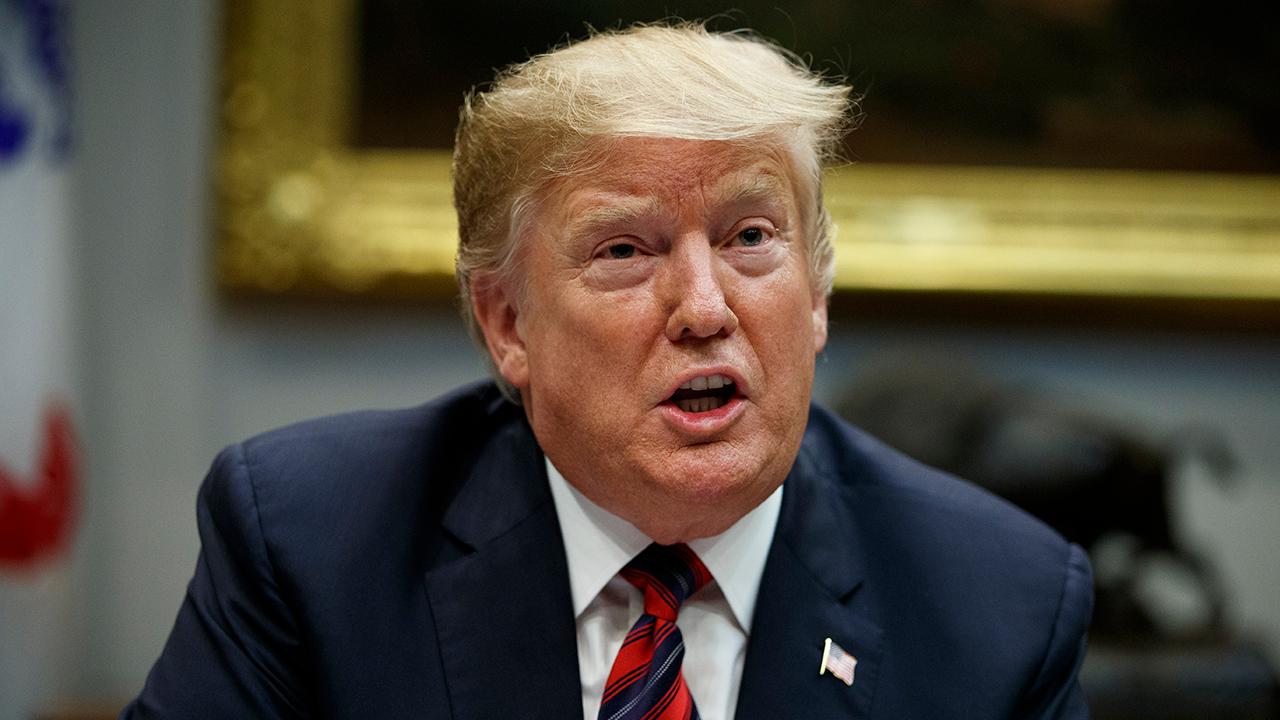Trump dominates Facebook, Google ad spending ahead of 2020 race, but Biden close second
President Trump has repeatedly accused technology giants like Facebook and Google of harboring an anti-conservative political bias, but that hasn’t prevented his 2020 re-election campaign from pouring millions of dollars into advertisements on those same platforms.
Trump’s spending on Facebook and Google advertisements has far outnumbered that of the entire 2020 Democratic field combined, according to data from Facebook and Google’s political ad transparency report which was updated by Bully Pulpit Interactive last week.
“Facebook, Google and Twitter, not to mention the Corrupt Media, are sooo on the side of the Radical Left Democrats,” Trump wrote on Twitter in mid-March. “But fear not, we will win anyway, just like we did before! #MAGA.”
Between Jan. 5 and May 11, Trump poured an estimated $8.2 million into ads, although spending was higher in the earlier months.
However, since entering the 2020 race former Vice President Joe Biden has outspent Trump. Over the course of three weeks, between April 20 and May 11, Biden's campaign spent a whopping $1.5 million on ads; $960.800 went to Facebook and $541.600 toward Google. (The second-largest Democratic spender in one month was Sen. Bernie Sanders, I-Vt., who paid $735,700 between Feb. 23 and March 16, according to the data).
Still, it pales in comparison to Trump's biggest expenditure. At the beginning of January, the president's re-election campaign spent $3.2 million on social media ads, with roughly half going to both Facebook and Google.
No other Democrat has spent $1 million on ads in a one-month period.
So far, Sen. Kamala Harris, D-Calif., has spent about $1.79 million on ads in total, while Sen. Elizabeth Warren, D-Mass., has spent close to $1.9 million.
CLICK HERE TO GET THE FOX BUSINESS APP
More than 2.2 billion people log onto Facebook every month, social media management platform Hootsuite reported in Nov. 2018, making it the world’s biggest social media platform. It’s also a top choice for reaching the broadest audience, with 66 percent of Americans using it daily, the company states.




















